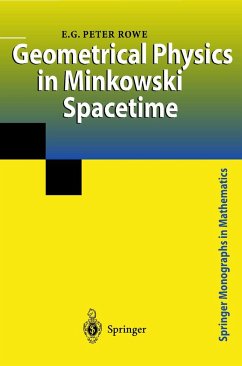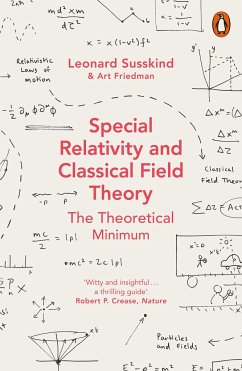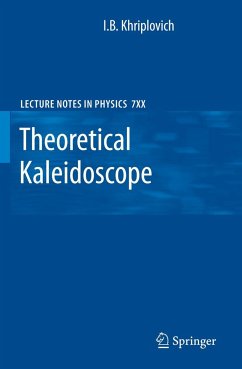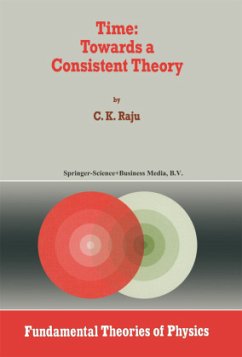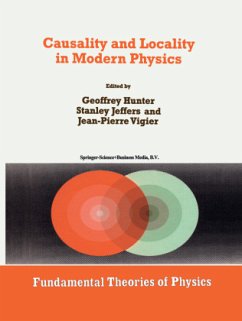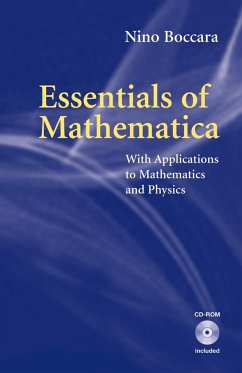
Mathematica for Theoretical Physics
Electrodynamics, Quantum Mechanics, General Relativity, and Fractals
Versandkostenfrei!
Versandfertig in über 4 Wochen
93,99 €
inkl. MwSt.
Weitere Ausgaben:

PAYBACK Punkte
47 °P sammeln!
Class-tested textbook that shows readers how to solve physical problems and deal with their underlying theoretical concepts while using Mathematica® to derive numeric and symbolic solutions.
Delivers dozens of fully interactive examples for learning and implementation, constants and formulae can readily be altered and adapted for the user's purposes.
New edition offers enlarged two-volume format suitable to courses in mechanics and electrodynamics, while offering dozens of new examples and a more rewarding interactive learning environment.
CD-ROM presents the entire text contents and interactive examples in Mathematica® Notebooks for problem solving and learning.
Delivers dozens of fully interactive examples for learning and implementation, constants and formulae can readily be altered and adapted for the user's purposes.
New edition offers enlarged two-volume format suitable to courses in mechanics and electrodynamics, while offering dozens of new examples and a more rewarding interactive learning environment.
CD-ROM presents the entire text contents and interactive examples in Mathematica® Notebooks for problem solving and learning.
As physicists, mathematicians or engineers, we are all involved with mathematical calculations in our everyday work. Most of the laborious, complicated, and time-consuming calculations have to be done over and over again if we want to check the validity of our assumptions and derive new phenomena from changing models. Even in the age of computers, we often use paper and pencil to do our calculations. However, computer programs like Mathematica have revolutionized our working methods. Mathematica not only supports popular numerical calculations but also enables us to do exact analytical calculations by computer. Once we know the analytical representations of physical phenomena, we are able to use Mathematica to create graphical representations of these relations. Days of calculations by hand have shrunk to minutes by using Mathematica. Results can be verified within a few seconds, a task that took hours if not days in the past. The present text uses Mathematica as a tool to discuss andto solve examples from physics. The intention of this book is to demonstrate the usefulness of Mathematica in everyday applications. We will not give a complete description of its syntax but demonstrate by examples the use of its language. In particular, we show how this modern tool is used to solve classical problems. viii Preface This second edition of Mathematica in Theoretical Physics seeks to prevent the objectives and emphasis of the previous edition.





